|
|
|||||
|
This week, we look deeper into a headline-making HIV breakthrough. African women were finally at the forefront of clinical tests – but what will it take to ensure they’re first in line to receive the drug? |
|||||
|
|
|||||
A new shot against HIVIn a large clinical trial, a new drug fully prevented HIV transmission among young women in South Africa and Uganda. The results were so compelling that the trial ended early – and with the recommendation that all participants be offered the injectable dose, regardless of test group. The new drug, lenacapavir, requires two injections annually. It’s at the cutting edge of pre-exposure prophylaxis drugs, or PrEP, which prevent HIV infection rather than treating the virus. Lenacapavir appears to be more effective than the daily PrEP pill, which currently dominates the market. And it’s more effective and lasts longer than the other injectable competitor, known as CAB-LA, which is dosed six times a year. But it’s also far more expensive: US$42,250 per person per year in the US, where it’s currently approved for HIV treatment (not prevention). That’s 3.4x the median annual household income in South Africa, and 1,056x South Africa’s oral PrEP budget per person annually. This story is about more than a scientific breakthrough. It’s about the politics of health: who is treated, how, and for how much. - Micaela Iveson, Policy and Projects Manager In More DetailEvery 2.5 minutes: Until this study, HIV prevention drugs have been tested on men in industrialised nations long before reaching African women, despite their acute vulnerability. An adolescent girl or young woman contracts HIV every 2.5 minutes. 78% of them are in sub-Saharan Africa. That this trial focused on sexually active, late-adolescent girls in Africa is remarkable – and due, in part, to community participants pushing Gilead Sciences, the manufacturer, to do so. Infrequent ideal: The fact that you only need two lenacapavir shots a year makes it especially attractive to women and girls who are denied power over their sexual and reproductive health. And in low- and middle-income countries, nearly half of women and girls are denied that power. They have limited access to accurate information, less agency to use it, and may face more stigma and violence when they do. So interventions that rely on frequent adherence – like daily pills or regular condom use – are harder to stick to. In turn, they may be less effective in practice. Rock the CAB-LA: Driven by CAB-LA use, injectable PrEP may be more common in East and Southern Africa than in the US in the next few years. PEPFAR is buying up discount doses for US$180 a year. That’s far less than market prices in the US, but far more than most African countries can afford per person on their own. If injectable PrEP doses are rolled out in Africa at the same pace as wealthier regions, it would mark a big turning point: Africa has long been at the back of the line for medical advancements. Exhibit A: The first powerful cocktail of HIV medicine came to market in 1996 – and to large swaths of Africans seven years later. Difficult studies: Africa carries 25% of the global disease burden, yet accounts for less than 2% of DNA data used in medical innovations, and 3% of clinical trials. Underrepresentation means that some treatments could be less effective than their trial indicates because of unstudied variations between populations. And women have been pervasively excluded from clinical trials because of beliefs that their fluctuating hormones makes them “difficult to study.” Nevermind that they may be difficult to *treat* without medicines that are tailored to their biology. From the ONE Team
The numbers

|
|||||
|
|
|||||
Quote of the week
|
|||||
|
|
|||||
What you should read, watch, and listen to:
|
|||||
|
|
|||||
A look ahead30 June - 3 July: The Fourth International Conference on Financing for Development |
|||||
|
|
|||||
|
The ONE Campaign’s data.one.org provides cutting edge data and analysis on the economic, political, and social changes impacting Africa. Check it out HERE. |
|||||
|
|
|||||
Did you like today's email?Loved it Mehhh Hated it |
|||||
|
|
|||||
|
|||||
|
This email was sent by ONE.ORG to test@example.com.
You can unsubscribe at any time. ONE Campaign |
